15 Amazing Winnie the Pooh Facts You Never Knew
Learn all about the history of the beloved children's book character who became a Disney icon.
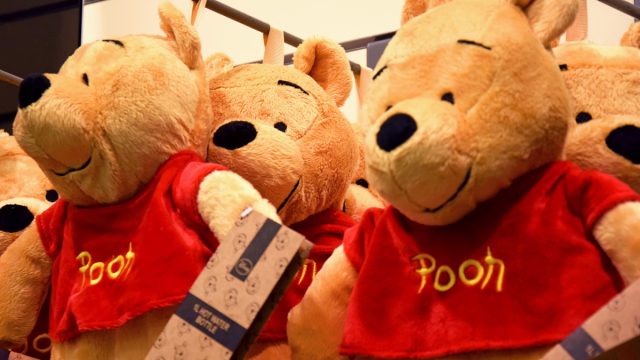
Everyone knows the story of Winnie the Pooh and his friends—including timid Piglet, gloomy Eeyore, bouncy Tigger, and Pooh's human best friend, Christopher Robin. But while you may know all there is to know about the residents of the Hundred Acre Wood, you might not know the story behind the beloved storybook characters and the franchise that followed. To learn more about how Winnie the Pooh came to be and its tremendous cultural impact, read on for some amazing Winnie the Pooh facts you never knew.
1
The story was inspired by the author's son, Christopher Robin.
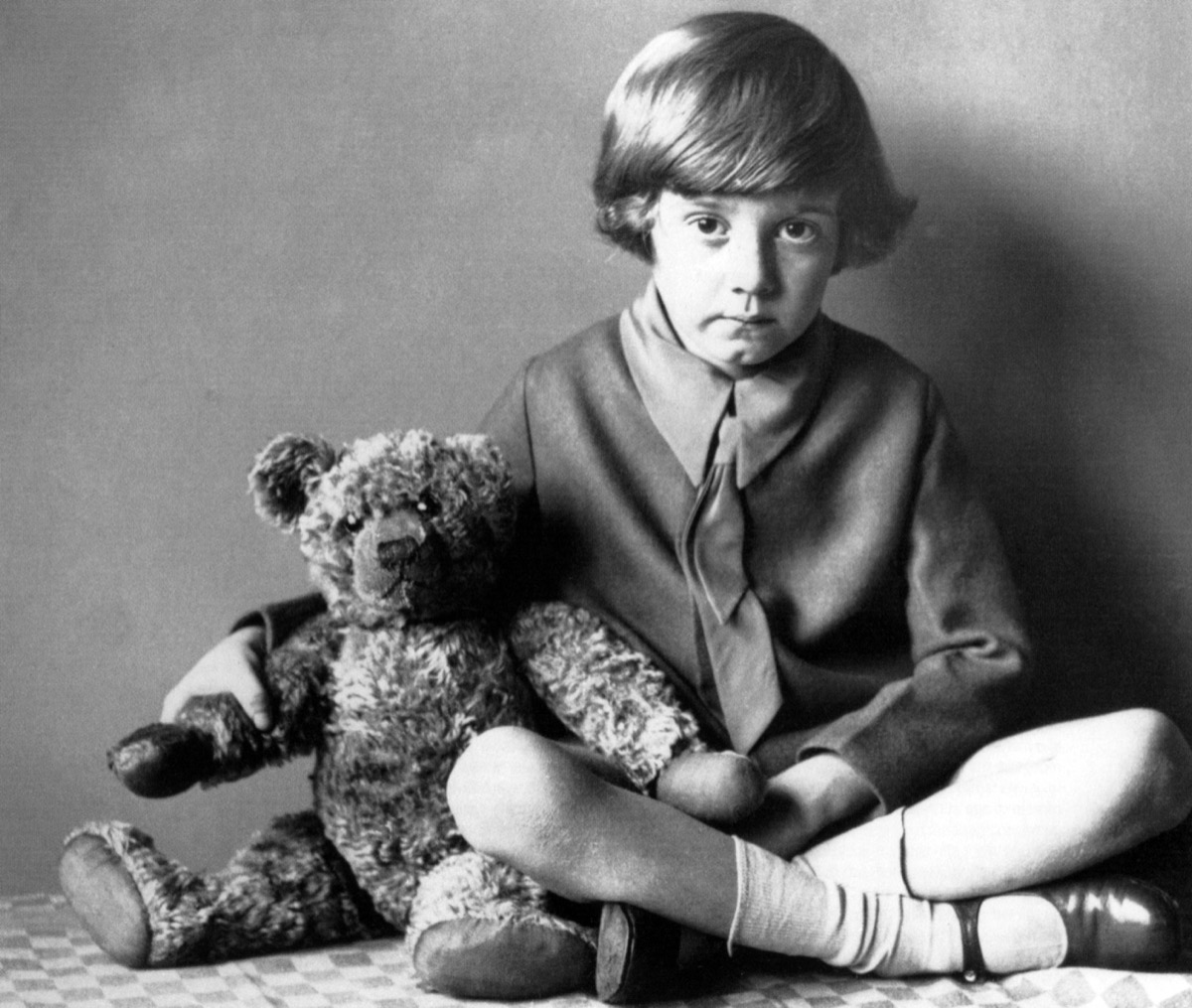
Winnie the Pooh is loved worldwide by parents and children alike, but the story got its start from author A.A. Milne's son. The character of Winnie the Pooh was actually inspired by the real-life teddy bear that was given to Milne's son on his first birthday in 1921. And Milne's son's influence didn't stop with his teddy bear: Pooh's human best friend was named after the young boy, Christopher Robin Milne.
It turns out Christopher wasn't a fan of his father's choice, however. In his memoir, The Enchanted Places, Christopher wrote that his father "had got to where he was by climbing upon my infant shoulders, that he had filched from me my good name and had left me with nothing but the empty fame of being his son."
2
The real Winnie was a female bear.

Ever wondered why Winnie the Pooh has a female name? While the teddy bear was originally called Edward, Milne's son changed the name to Winnie after visiting the London Zoo and becoming infatuated with a black bear named Winnie, who he would feed spoonfuls of condensed milk. Unlike the storybook character, the real Winnie was actually a female bear. She had been brought to the zoo by a Canadian solider named Harry Colebourn, who named her "Winnipeg" after his hometown. That was then shortened to "Winnie."
3
Many of the other characters were based off of stuffed animals, as well.
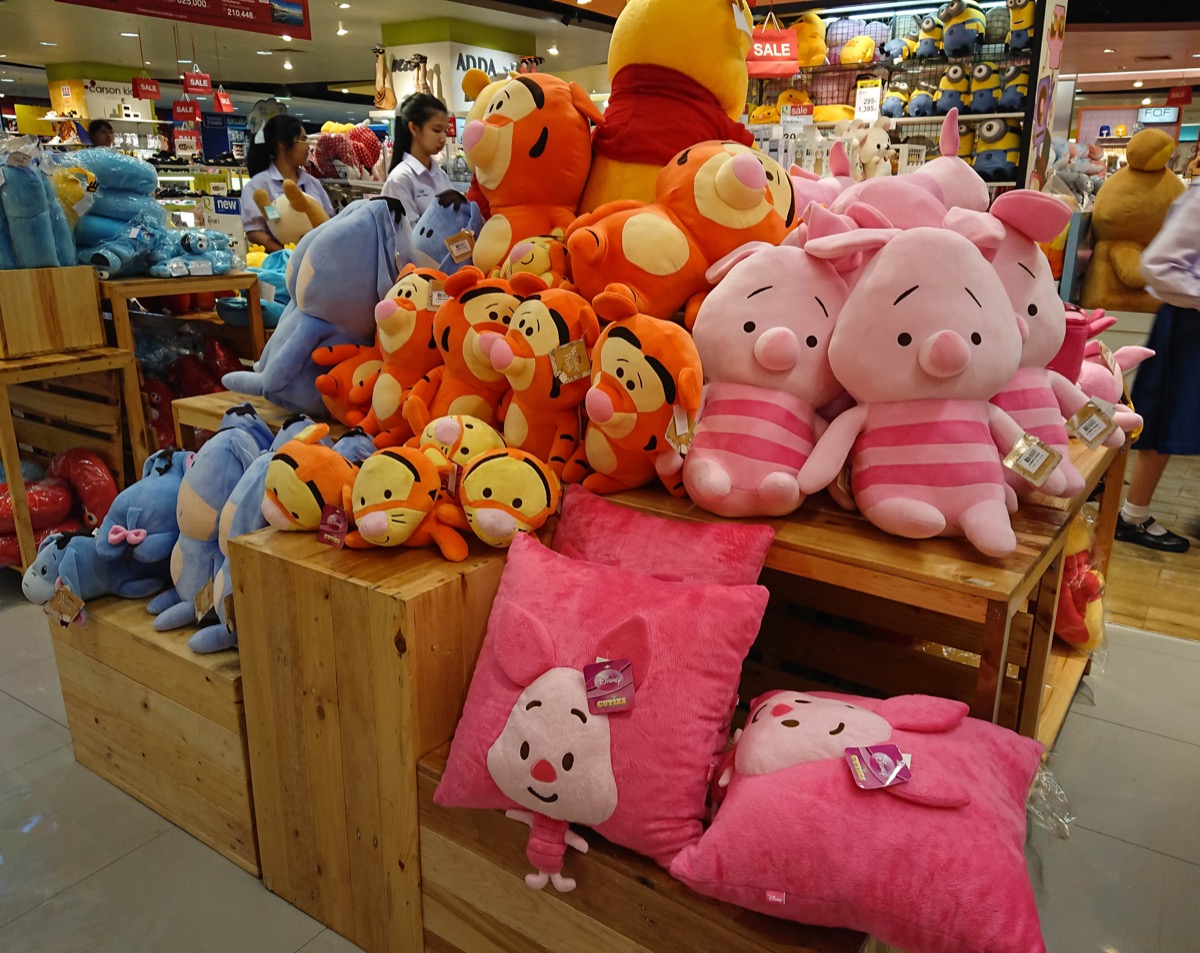
Winnie wasn't the only character based on a real children's toy. After he received his teddy bear in 1921, Christopher was gifted more stuffed animals throughout the late '20s, including a stuffed pig, tiger, donkey, kangaroo, and baby kangaroo. These toys became the inspiration for the characters Piglet, Tigger, Eeyore, Kanga, and Roo. The only characters not based on an original stuffed animal were Owl and Rabbit.
4
The original stuffed animals can still be seen on display.
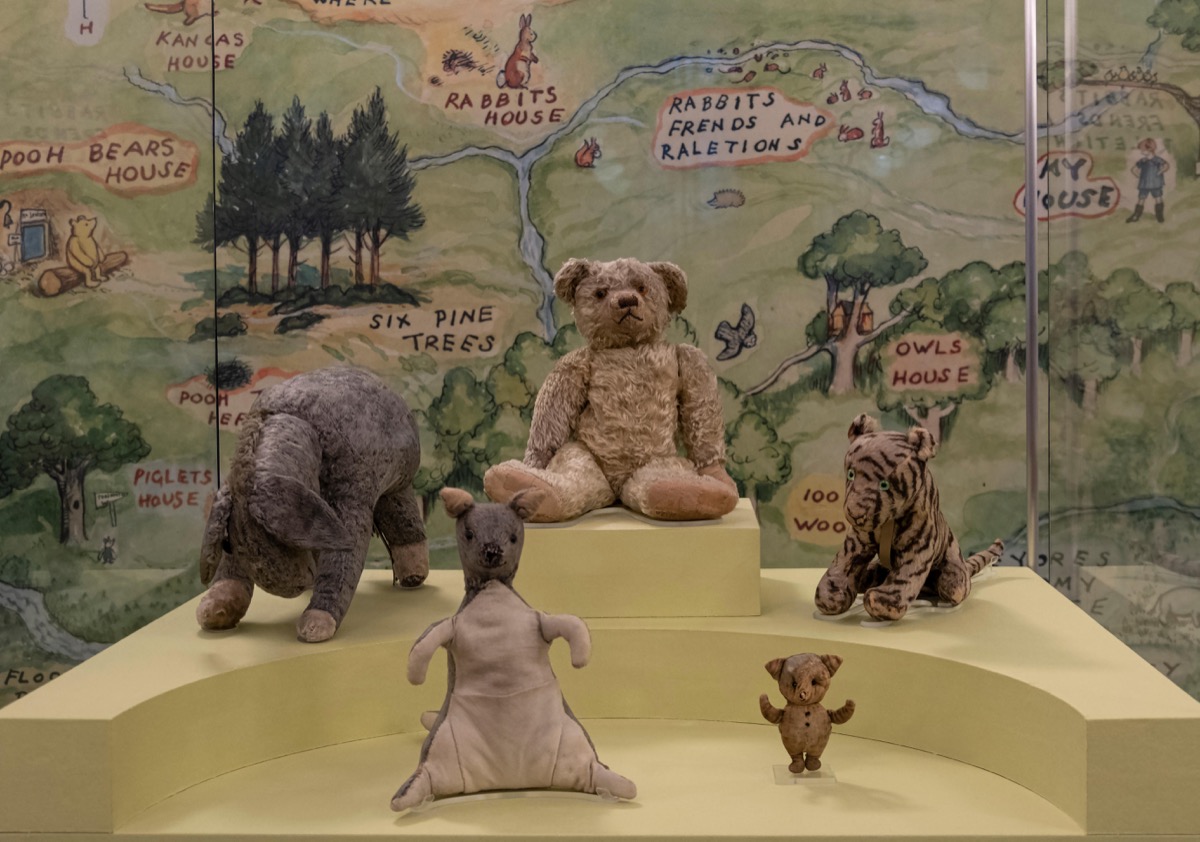
But where are Christopher's friends now? Since 1987, Pooh and his friends, Eeyore, Piglet, Kanga, and Tigger, have all found a home at the New York Public Library's flagship Stephen A. Schwarzman building. Visitors from all over can go and see the original stuffed animals that inspired the beloved storybook characters.
5
The only stuffed animal not on display is Roo.
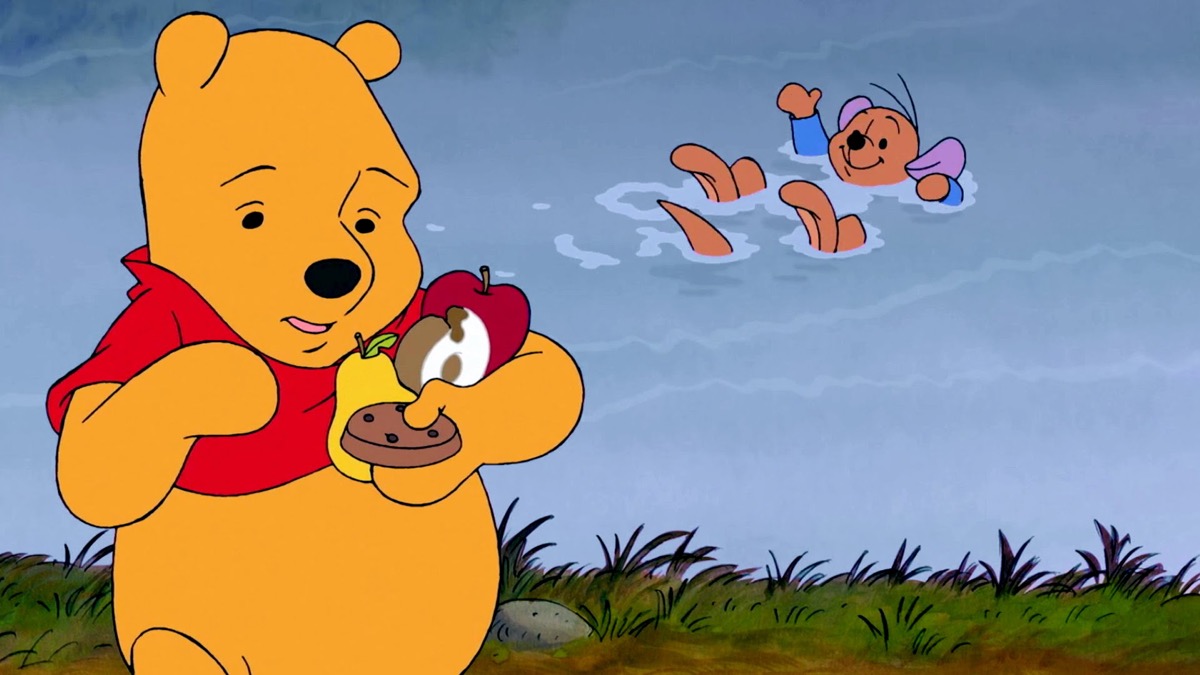
There is one original stuffed animal missing, however. Once upon a time, there was a real stuffed baby kangaroo that inspired the character of Roo, but you won't find it on display at the NYPL. The toy went missing in the 1930s, after a visit to an apple orchard.
6
The illustrations of Winnie the Pooh weren't based on the stuffed animal or the original bear.
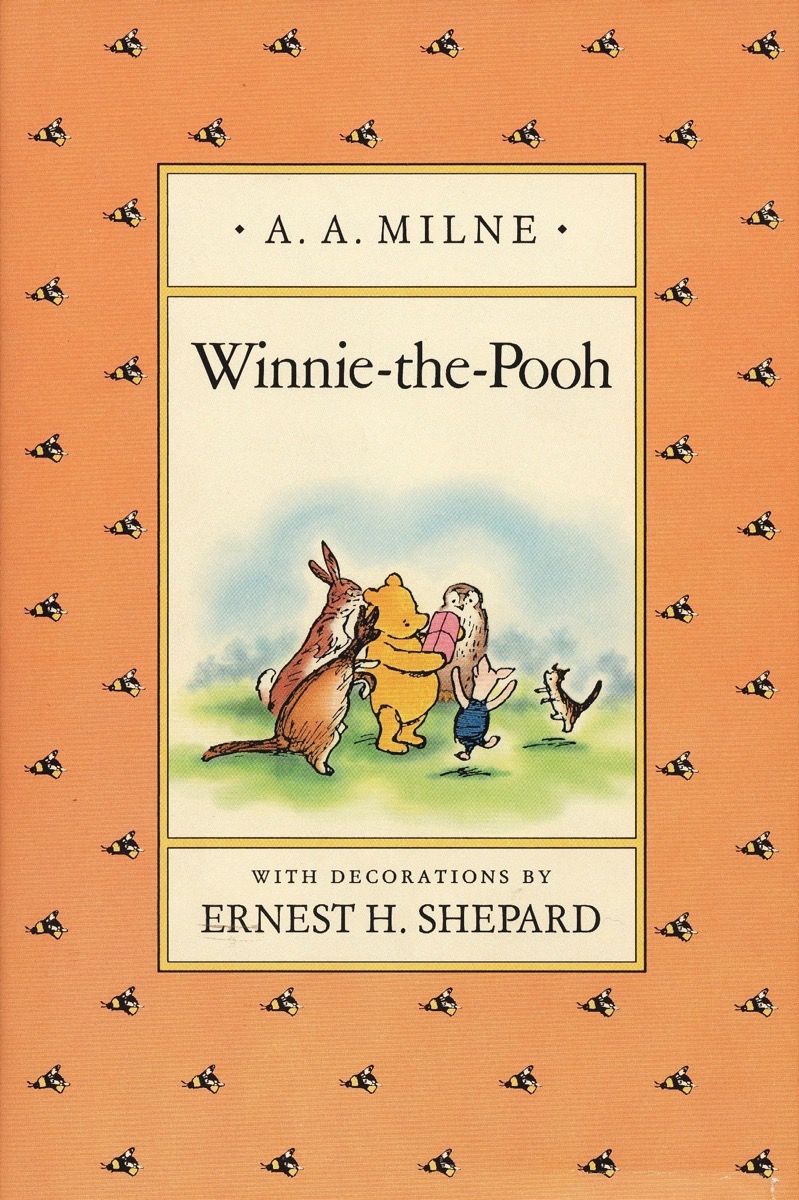
The yellow, big-bellied character we see depicted in Milne's story isn't a literal representation of Christopher Robin's teddy bear, or the original black bear Winnie. Illustrator Ernest Howard Shepard instead drew the memorable Pooh based on his own son's teddy bear, Growler.
7
He didn't always wear his iconic red shirt.
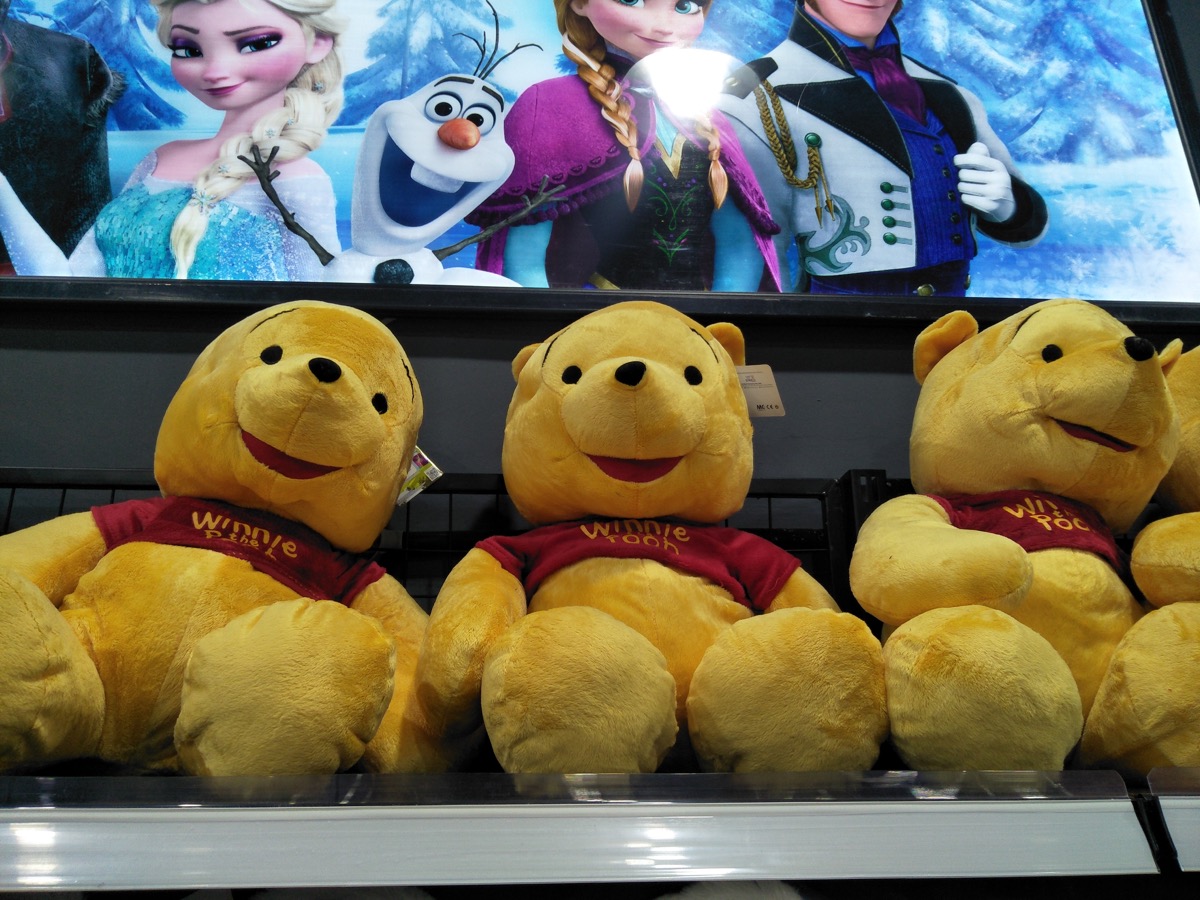
When Pooh was originally illustrated by Shepard, it was sans the iconic red shirt he is seen sporting these days. It wasn't until 1932 that his red shirt was introduced when media producer Stephen Slesinger drew him on an RCA Victor picture record, after acquiring the trade rights from Milne to expand the character to radio and film.
8
You can send birthday cards to Winnie the Pooh.

If you're unable to participate in celebrating National Winnie the Pooh Day on Jan. 18, consider celebrating later in the year by sending your own birthday card to the honey-loving bear. Every year, the NYPL encourages people to mail in cards for Winnie the Pooh's birthday on Aug. 21. He'll turn 99 this year!
9
The fictional Hundred Acre Wood is based on a real forest in England.
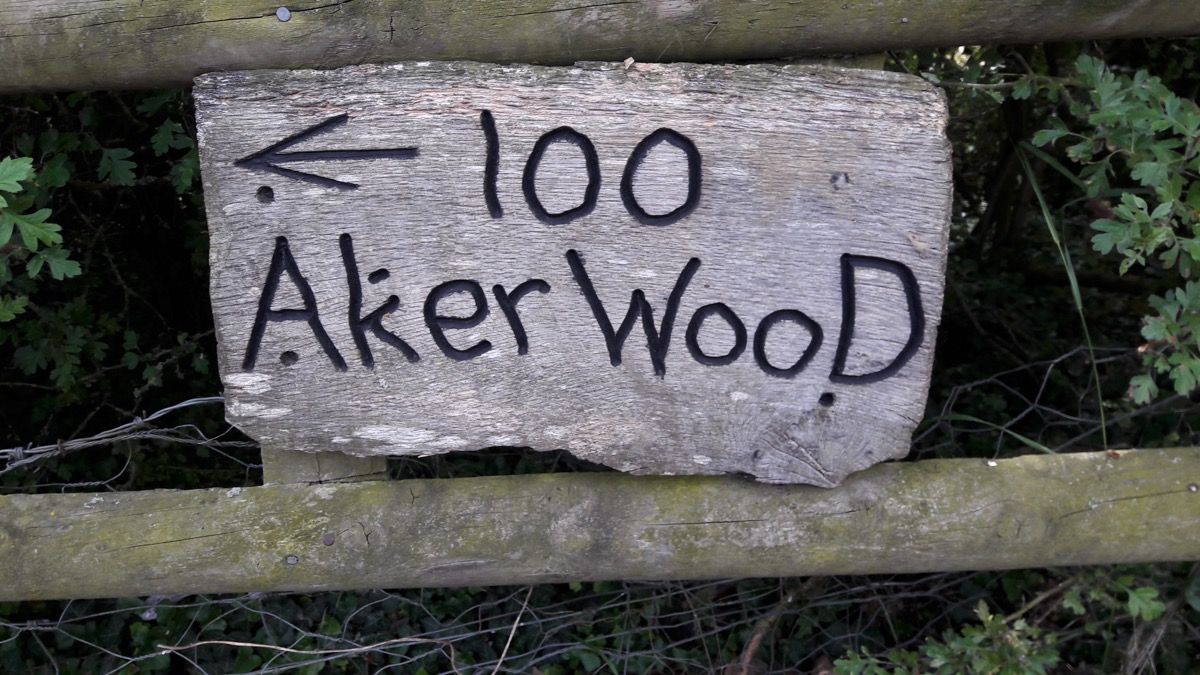
With most of the characters being inspired by real life, it's no surprise that the setting of Milne's story has real-life origins, as well. Milne was inspired by Ashdown Forest, a wooded area near his home, about 40 miles southwest of London. Inside the forest lies a "Five Hundred Acre Wood," which sprouted the idea for Pooh's own "Hundred Acre Wood."
10
Winnie the Pooh has a star on the Hollywood Walk of Fame.
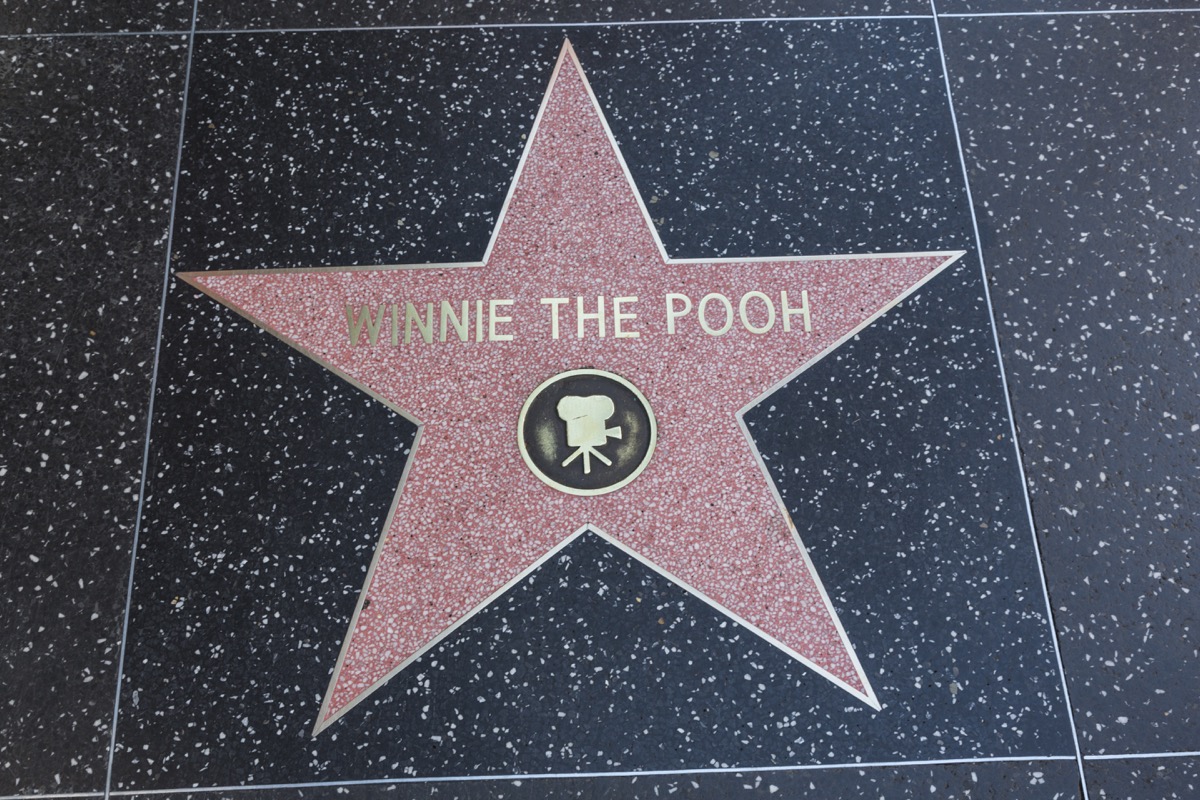
If you walk around the iconic Hollywood Walk of Fame, you'll see celebrity after celebrity. However, you might be surprised to find that a few beloved fictional characters also have their own stars. Honored with a star in 2006, Winnie the Pooh happens to be one of those characters, alongside Mickey Mouse and Snoopy.
11
Walt Disney is the reason for Winnie the Pooh's unhyphenated name.
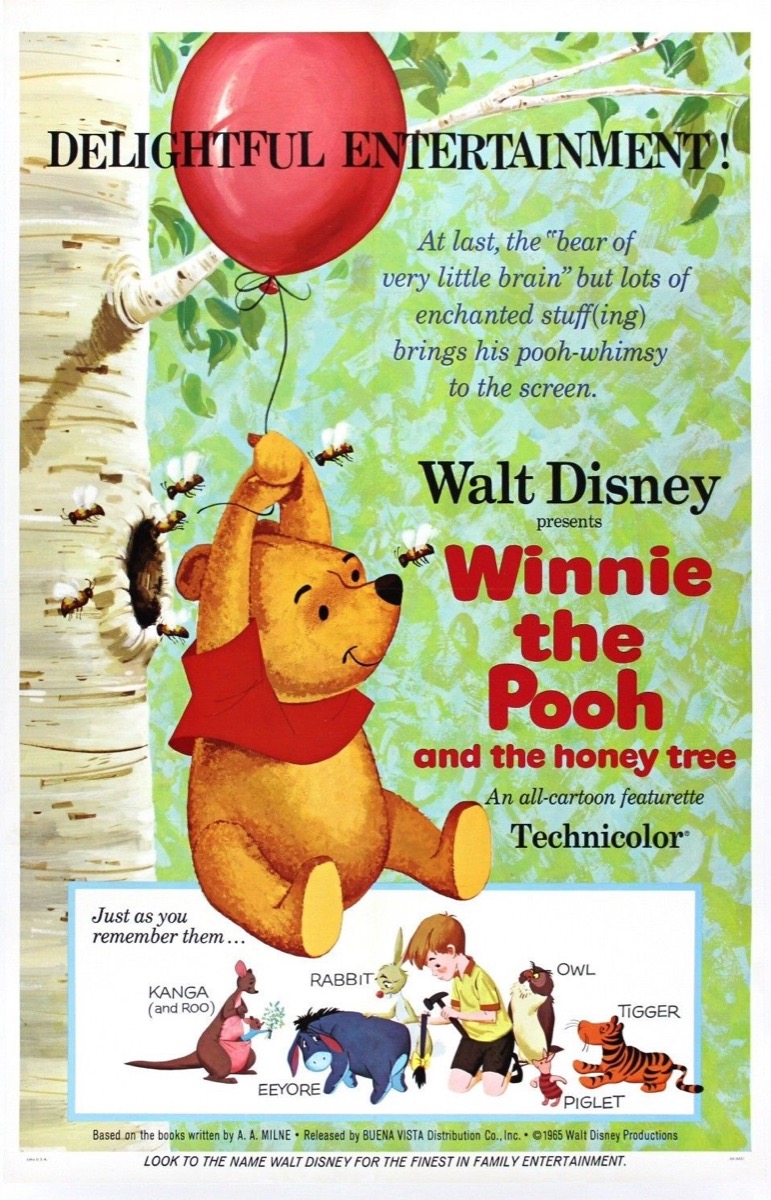
When Milne wrote his first Winnie the Pooh story in 1925, "The Wrong Sort of Bees," he actually hyphenated the character's name, which is why you still sometimes see it written that way. However, when Walt Disney bought the rights to the storybook character in 1961, he decided to drop the hyphens.
12
The story has been translated into more than 50 languages.

Since Winnie the Pooh is a tale loved worldwide, it's no surprise that the story has been translated into more than 50 different languages! You can read the beloved children's story in French, Polish, and even Yiddish, to name a few. Fun fact? In Danish, Winnie the Pooh's name is Peter Plys.
13
The story's most successful translation is Latin.
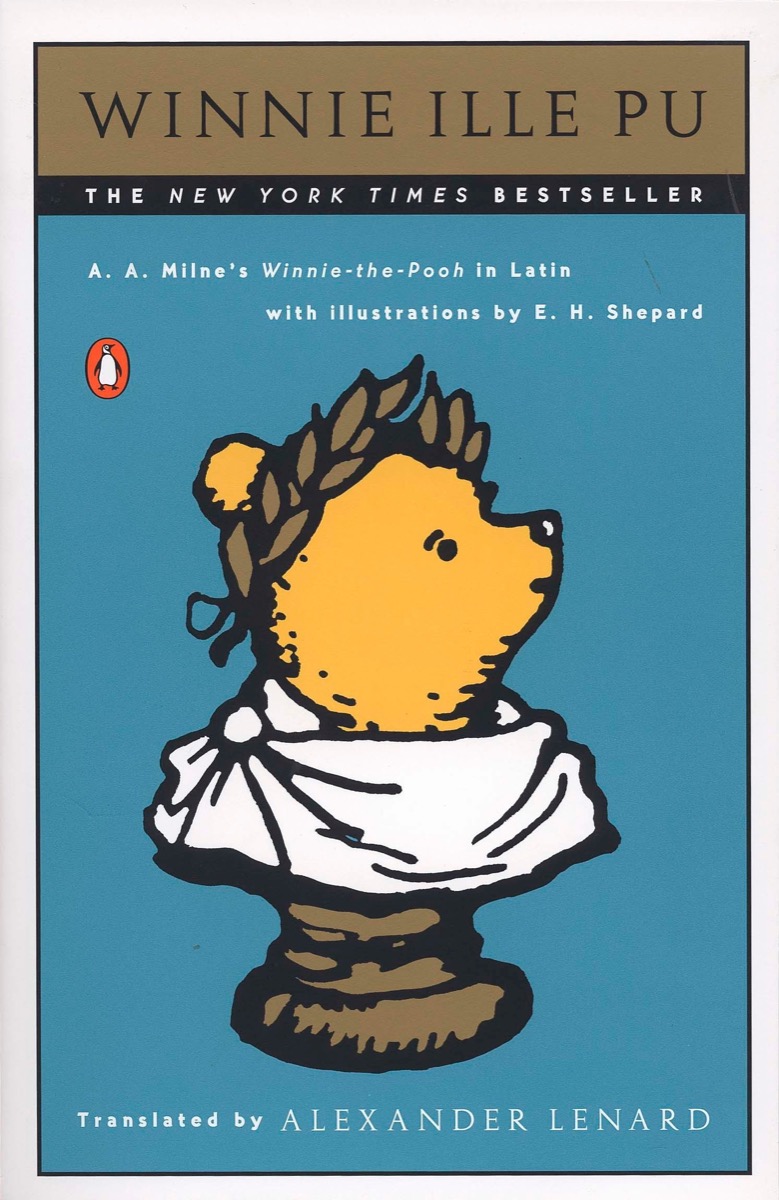
While the story is warmly regarded in any language, its most successful translation was done in Latin by Alexander Lenard in 1958. First published in an edition of only 100 copies, Winnie Ille Pu spent 20 weeks on the New York Times' best seller list in 1960. It was the first non-English book to make the list—and the only Latin book that has ever graced it.
14
Forbes named Winnie the Pooh the most valuable children's character in the world.
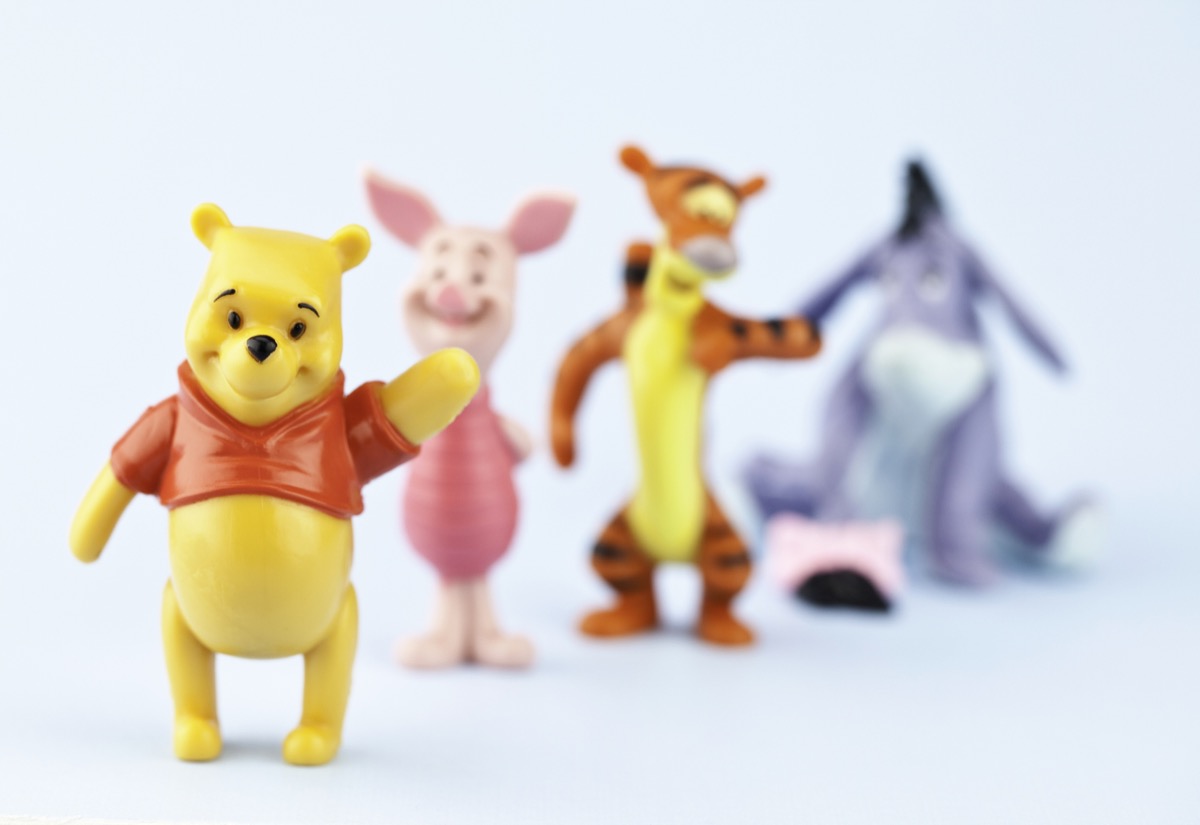
In 2002, Forbes magazine ranked Winnie the Pooh as the most valuable fictional character in the world—even above Mickey Mouse, who was second! And that's based on fact: The silly old bear has earned an income of roughly 5.9 billion in retail sales.
15
There's a Poohsticks World Championship held every year.

While Pooh and his friends love to play a good game of Poohsticks, they're not the only ones! The A.A. Milne-created game—which involves dropping a stick on the upstream water side of a bridge and crowning the winner based on whoever's stick appears downstream first—was borrowed from the fictional world to become a real-life game. And nearly every year since 1984, a Poohsticks World Championship has been held by the Rotary Club of Oxford Spires.





















